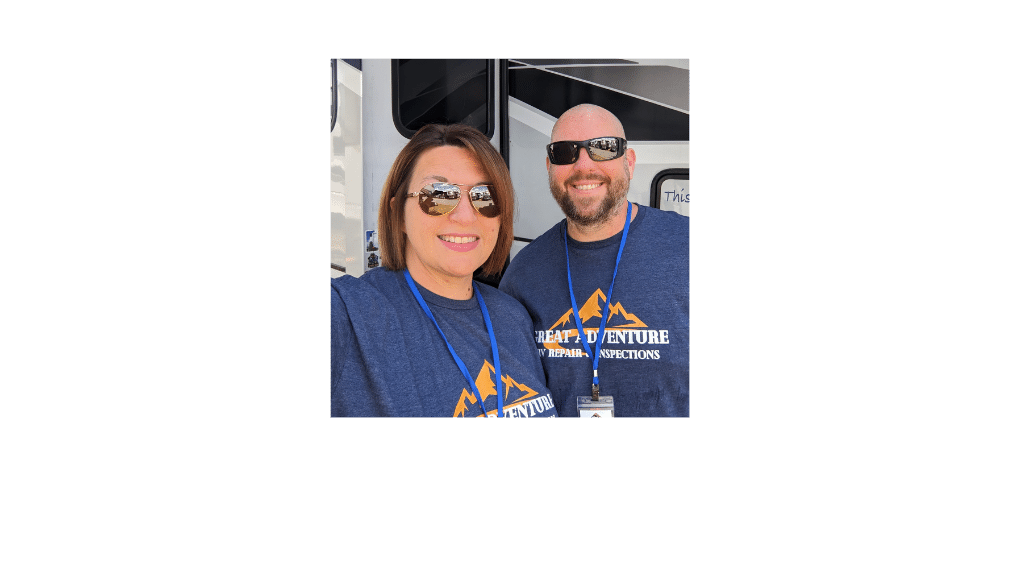Extensive RV Inspections
Feel confident before buying your RV!
!
Is An RV Inspection A Thing?
A Professional RV inspection is becoming the norm, just like home inspections are for home buyers. Having owned an RV and inspected both new and used RVs, I can say without reservation “Every single RV sold should have a professional certified 3rd party inspection.” These inspections usually take between 6 and 8 hours onsite with the RV and the most common comment is “That’s the best money I ever spent!”
RVs go through the equivalent of a 7.0 Magnitude earthquake when traveling, so things can become loose or leak. They can have 2 and sometimes 4 separate electrical systems, freshwater and wastewater systems, and several appliances. RV’s require annual and semi-annual maintenance. There’s a lot that can go wrong, and verifying all of them work or have been maintained takes time and should be left to someone trained and certified.
The excitement of a new RV can cloud even the most knowledgeable critical buyer. A smart RV buyer wants to have a knowledgeable and trustworthy trained set of eyes to go through their next RV with a fine-tooth comb. Having a 3rd party inspection preformed will give you the peace of mind that when you arrive to pick up your RV it will be ready for you and your family to begin your next adventure!
If I’m Buying A New RV, Does It Need An Inspection?
Many RV Dealers do a PDI (Pre-Delivery Inventory), but that’s NOT a 3rd party independent inspection. Rarely is their PDI done by someone trained and certified, and they don’t spend 6 to 8 hours on an RV. When my wife and I preform an inspection we are there all day.
For example, a recent Customer had us inspect a new 5th wheel RV, and even though the Dealer’s PDI report had all items checked as acceptable, I found the water heater did not work on electric, the trailer break away switch was not functioning properly, and a USB charge port that would short out every time it was used and blow the fuse. These are just a few of the items that were found during our extensive inspection!
Each of these items could have turned your RVing fun into frustration, with a trip back to the Dealer and waiting months for them to remedy the issues! Let me help minimize your frustration and give you peace of mind with our through inspection.
Other Services Offered
Fluid Sampling & Analysis
Great Adventure RV Repair & Inspections recommends fluid sampling and analysis for both new and used RVs on an annual basis. These tests help determine the health of the engines in motorized RVs and installed generators.
These samples help identify hidden problems and saves thousands in repair costs by finding small problems before they become major ones. Samples are sent out to a lab for analysis.
Safety Inspection
This inspection will detail only the viability of your life safety items. It will have a pass or fail on each inspection point.
A basic report will be emailed to the customer, which doesn’t include photos. This inspection takes 2 to 3 hours.
RV Owner Walk Through and Education
One of our favorite things to do is to walk through a new RV home with prospective owners while providing education on where to find the different systems, how they work and provide advice and actions to take if systems aren’t working properly. The dealer calls this PDI (Pre-delivery inspection) we call is PMI~ Peace of Mind Inspection! The inspector will also provide hints, tips and tricks for maintaining your RV and its systems.

